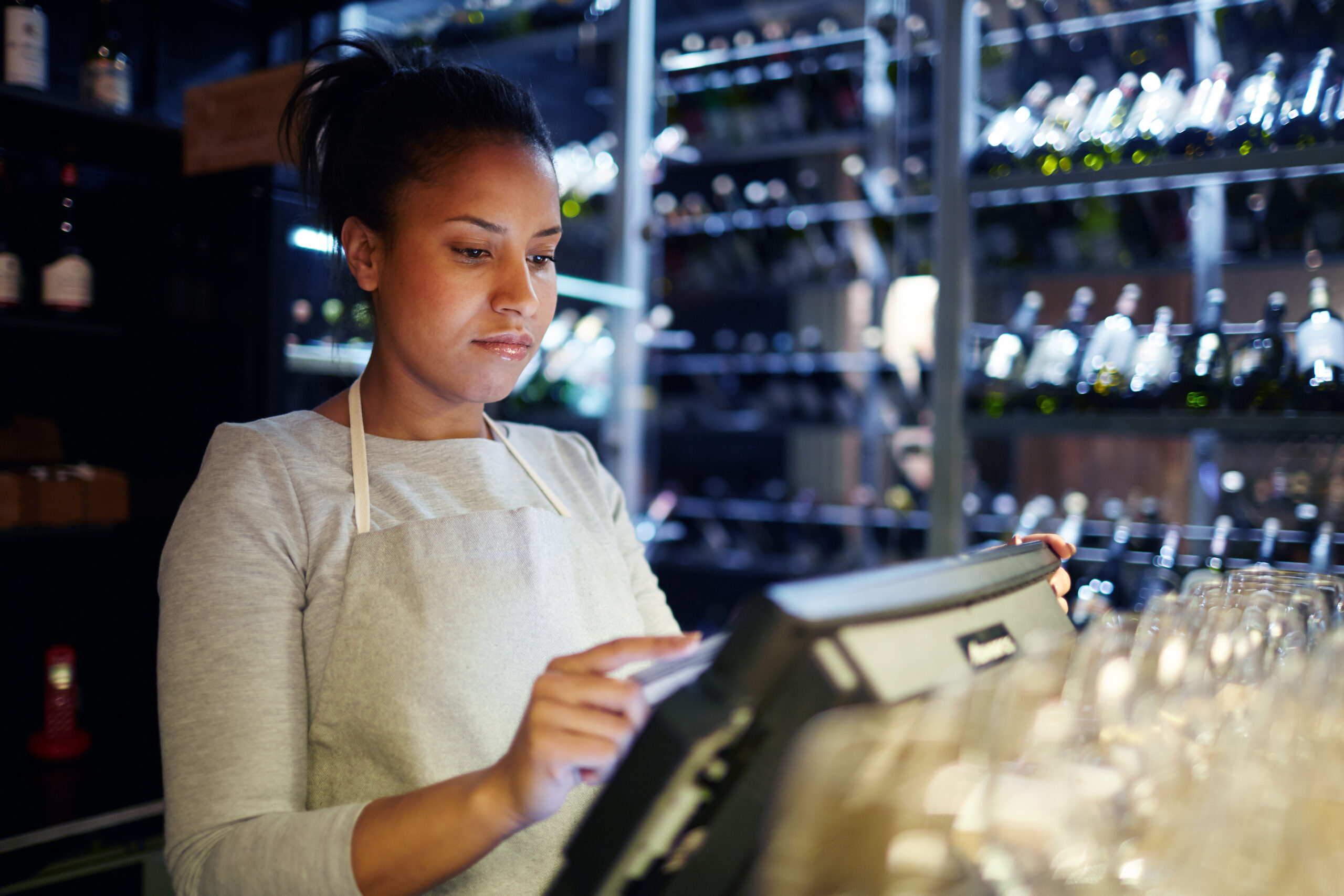Retail may not seem as dangerous as industrial workplaces, but customer-facing sales floors still pose very real risks to employees. Slips, falls, sprains and workplace violence threaten retail staff daily. Fortunately, with proper training and preparedness, retailers can create safe and secure environments for both shoppers and workers.
Slip and Fall Prevention
Floors pose one of the biggest dangers in retail spaces. Train staff to:
- Look out for spills or debris and immediately block off the area for cleaning. Provide cones or signs.
- Know proper cleaning procedures for different types of spills. Have spill kits easily accessible.
- Double check that floor cleaning leaves no slippery residue. Use warning signs for wet floors.
- Wear shoes with slip-resistant soles designed for retail environments.
- Pay extra attention to transitions between flooring types or surfaces. Adjust stride accordingly.
- Follow safe ladder use protocols for restocking or merchandising higher shelves and displays. Use spotters.
Avoiding slips and falls prevents painful injuries and protects the company from liability claims.
Safe Lifting and Carrying
Retail often requires moving merchandise. Ensure employees know how to lift and carry safely:
- Ask for assistance moving heavy or bulky items, using carts, dollies or other equipment. Don’t overexert.
- Bend knees and keep back straight when lifting items low to the ground. Avoid twisting.
- Grip items securely with palms and fingers, not just fingertips. Keep loads close to the body.
- When carrying boxes or bags, look ahead to avoid obstacles and keep good visibility. Take small controlled steps.
- Place items on secure surfaces at waist height when possible to avoid unnecessary lifting strain.
Proper lifting protects against sprains and strains that can lead to missed work.
Situational Awareness
Remaining alert helps avoid injuries. Train staff to:
- Scan and note exits, extinguishers, defibrillators, first aid stations, and potential hazards.
- Watch for safety hazards like debris in aisles, leaks or drips, cords running across paths, missing guardrails, etc. Fix or report these issues immediately.
- Keep checkout areas and stockrooms organized to prevent falling merchandise or display units.
- Stay off ladders or footstools if dizzy or prone to losing balance. Ask a coworker for help reaching items.
- Practice emergency response drills regularly to build quick reflexes.
Staying aware eliminates preventable accidents and makes response easier when real emergencies occur.
De-escalation and Self-Defense
Angry, unstable, or violent customers are an unfortunate retail reality. Equip staff to handle threats with:
- Verbal de-escalation techniques to calmly resolve tense situations before they turn violent. Avoid provoking behaviors.
- Protocols for disengaging and waiting for security or police versus attempting forceful removal of individuals, which often backfires.
- Ways to discreetly signal or call for backup if harassment or assault seems imminent. Code words, buttons, apps, etc.
- Basic self-defense and escape moves as a last resort in volatile situations. These should focus on distraction and fleeing versus direct confrontation.
Empowering staff to defuse confrontations or extract themselves from danger can prevent serious injury and save lives.
Emergency Preparedness
Ensure employees are ready to respond in unlikely emergencies:
- Where emergency exits, extinguishers, first aid kits, AEDs and utility shutoffs are located.
- Evacuation routes and procedures depending on location in store. When to take cover versus exit.
- First aid basics – applying pressure to wounds, identifying concussions or other trauma, safely moving injured individuals.
- What to do if separated from coworkers or customers – where to report, remain in place, etc.
- How to call for external emergency responders if needed.
Advance training enables retail staff to become assets versus liabilities when crisis strikes.
Creating a safety culture requires going beyond rules and equipment. Detailed staff training, practice, and engagement instill proactive care for self and others. Employees should feel comfortable identifying and reporting concerns. By making safety a priority, retailers protect profits and people alike.
Image by pressfoto on Freepik



